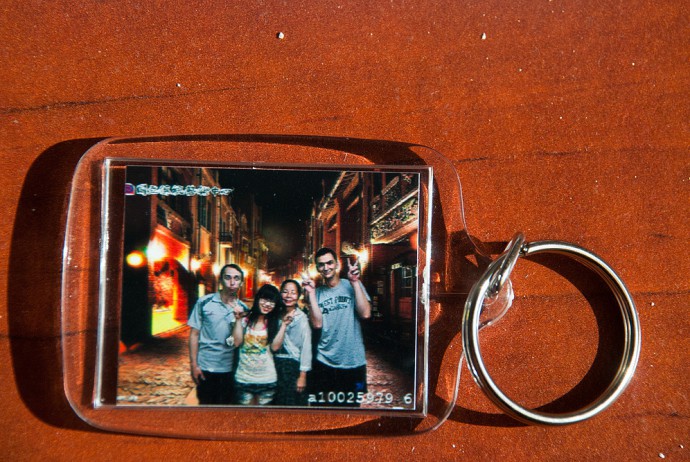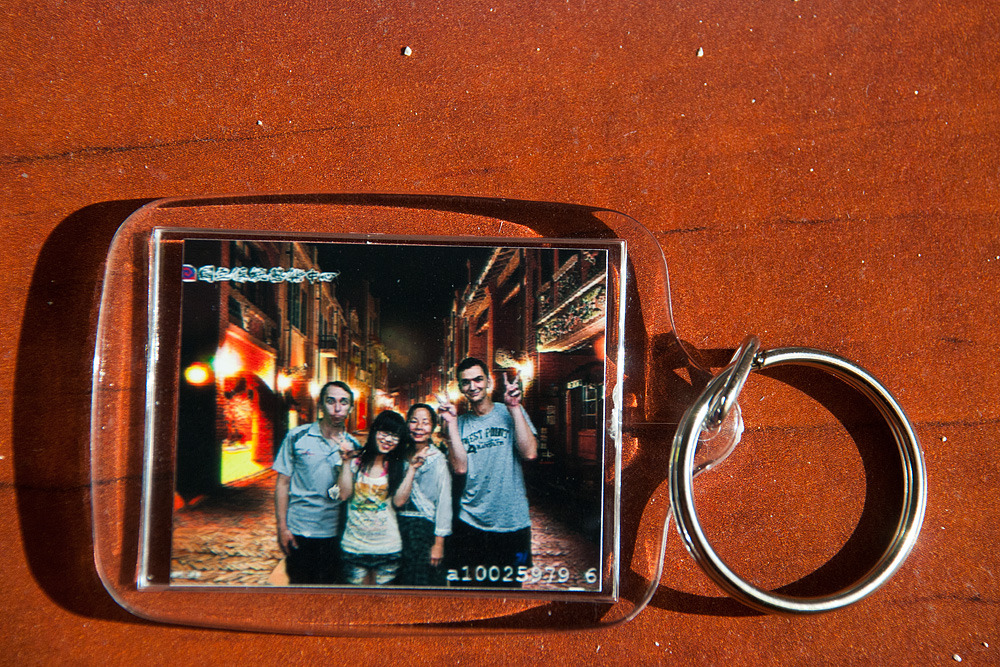This is a post where I will put some practical info for those traveling to Taiwan. If something is unclear or missing, please leave a comment and I will update the info.
Weather – The only negative part of Taiwan, for me, was the weather. The temperature isn’t very high (at most around 35 degrees), but the moisture is extreme. Going up on stairs would usually have me sweating massively. On the other hand, most indoor places in Taiwan have AC. It’s kinda weird for me going from 23 to 35 degrees and back, but nobody seems to have problems from this. During the night, the temperature drops to about 25-27 degrees, but inside it’s still a little higher, so AC is mandatory for a good sleep.
People – The people are the best thing about Taiwan. A lot of countries have beautiful places, but I’ve never seen people so nice and helpful. The organizers paid for a lot of things, Apple and her family (and other hosts as well) made sure we had the best possible stay here and even unknown people on the street helped me in any problem I had – taking me to the place I was searching for (3 times, not once), helping me buy train tickets when the sales person didn’t know English or helping me with my broken scooter – just to name a few. Also, I felt very safe, even if I was alone, even at night. Apple’s dad left his car unlocked for a few hours, with the keys in the ignition, just to prove thieves are not an issue.
Transport – Roads are very good. There are lots of highways, even on small Kinmen island. Taipei has a lot of suspended roads, which made me feel dizzy – people here seem used to them though. Train tracks circle the island, so mostly you can go in only 2 directions (which greatly simplifies things). They have a 300 km/h train, but the price is bigger than the normal 80 km/h train. Usually, they have trains every hour (but you might have to book in advance). In the city, you can use buses and metro. Metro is in English and it is very modern and fast. Also, people follow all the rules, like forming orderly queues when going on the metro or standing only on the right side of the stairs.
Food – Rice is the basis. It’s like our bread. A normal lunch will be composed out of rice and a few other dishes – mainly pork, chicken, tofu, fish, seafood, noodles or vegetables. There’s no “my dish” or “your dish”, everything is for everybody to serve. Very good food can also be found at night markets – and at a very good price.
Drinks – With all this humidity, you need to drink a lot. While I was traveling on a scooter and staying most of the day outside, I used to drink around 3L of water. Bottles are usually 0.6L. Tea (the classic one, not Nestea/Lipton crap) is very popular. You can even find it without sugar. You can find cold drinks everywhere – at most tourist attractions, in every village, every 30 meters in a city.There are also small shops around the city or in night markets where you can get some interesting types of juices/teas. They seal the drink in a plastic glass and you pierce the seal with the straw. What I enjoyed was the lemon and kumquat juice or the pearl milk tea, but there were a lot of drinks I didn’t try at all. For beers, they just have Taiwan Beer, with normal beer taste.
Night markets – They appeared during the industrialization of Taiwan, with a lot of people moving to the cities and needing a place to eat after getting out of work. The food is very diverse and is made in front of you. It might seem scary or overwhelming at first, but you will get used to it and start loving some of the dishes. For example, I really liked the sausages (different from here, with a sweetish aroma and on a stick) and the cheesy potatoes. In night markets you can also buy clothes, shoes, accessories or other stuff.
Money – the currency is the Taiwan dollar (TWD). 1 Ron is about 10 dollars, while 1 Euro is about 40. Prices in Taiwan are usually lower than in Romania. For example:
1 liter of gas – 31 dollars
noodle breakfast from a 7-11 store – 35 dollars
bottle of 0.6L water, tea, juice at every store/shop/machine – 20-30 dollars
a night in a hostel – 400-500 dollars
a scooter rent for 24h – 400 dollars
a metro ride – 10-40 dollars, depending on length, I usually payed around 15 for 7 stops
a bus ride – 15 dollars
lunch in a fancy restaurant – 400-500 dollars
lunch in a cheap restaurant – 150 dollars
cheesy potato – 60 dollars
lemon and kumquat juice – 40 dollars
a can of Mr Brown coffee – 25 dollars
180km train ride – 440 dollars for 2 hours of travel time or 330 for 3 hours
Beaches – They don’t have a lot of beaches (from what I’ve seen, the shore is mainly rocky). People don’t go to the beaches (being white/untanned is considered to be more beautiful). I don’t advise swimming – I don’t know if it’s forbidden (no signs or people to ask), but the waves were strong and there were no lifeguards.
Mountains – They have very beautiful mountains, with a lot of peaks (and even roads) going above 3000 m. You can have mountains starting just close to the ocean (that’s what the east coasts is all about). They are covered with thick forest – jungle – with big spiders, squirrels, dangerous snakes or wasps. Tourist trails are made of concrete, with handrails and some even with lighting during the night. Watch out, after sunset the mosquitoes come out and they leave ugly sting marks.
I’m sure I left lots of things out, so just let me know if you have any questions.

